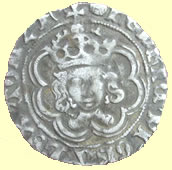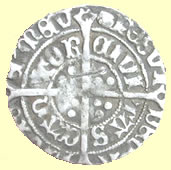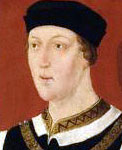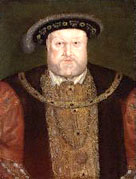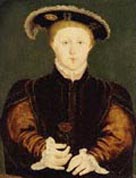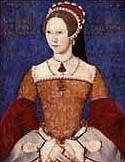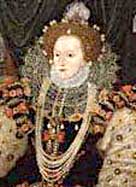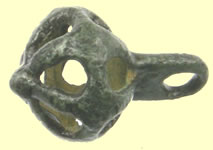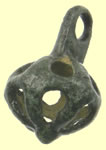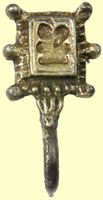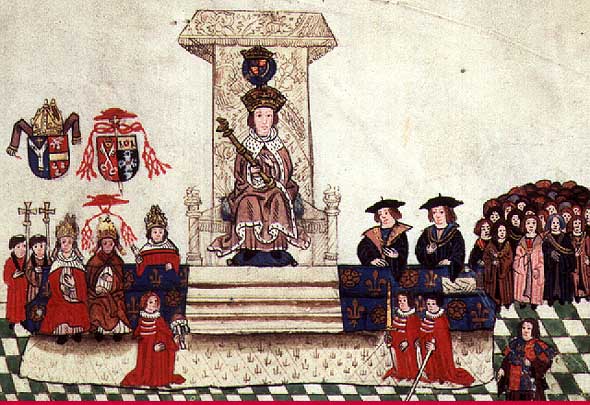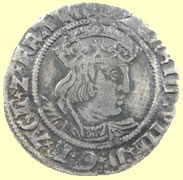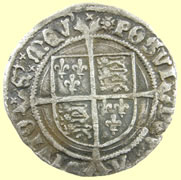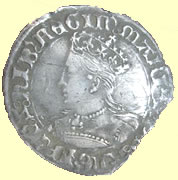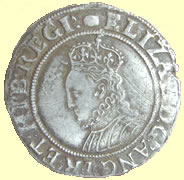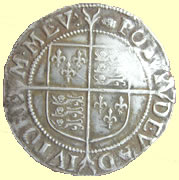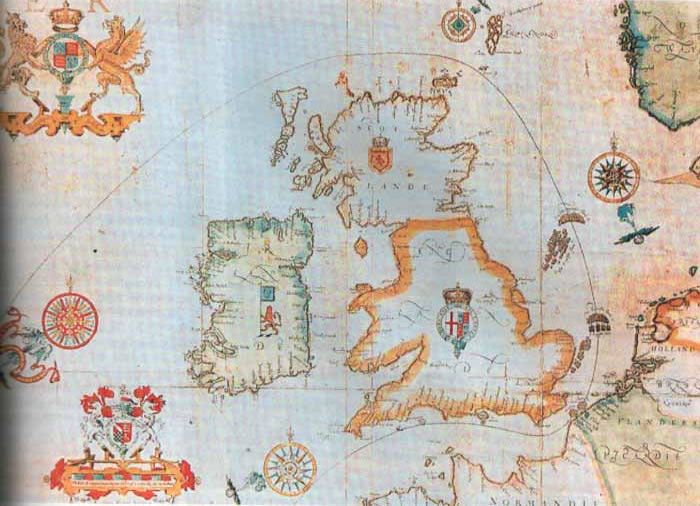

Metal detecting holidays in England with the World's most successful metal detecting club.20 years plus.
Twinned with Midwest Historical Research Society USA.
The Tudor Period 1485-1603
Click here for Tudor period hammered coins
House of Tudor, 1485-1603 |
|||
|
|||
 |
|||
Tudor Time Line Richard III was the leader of the House of York and Henry was the leader of the House of Lancaster.The last battle took place at Bosworth Field in 1485. Henry defeated Richard and became King of England . He married Elizabeth of York to unite the two sides.The two houses were merged to form an alliance with the Tudor rose as a symbol of unity. Henry VII became the first Tudor king.
|
|||
England defeats a great Spanish fleet and prevents an invasion.
|
